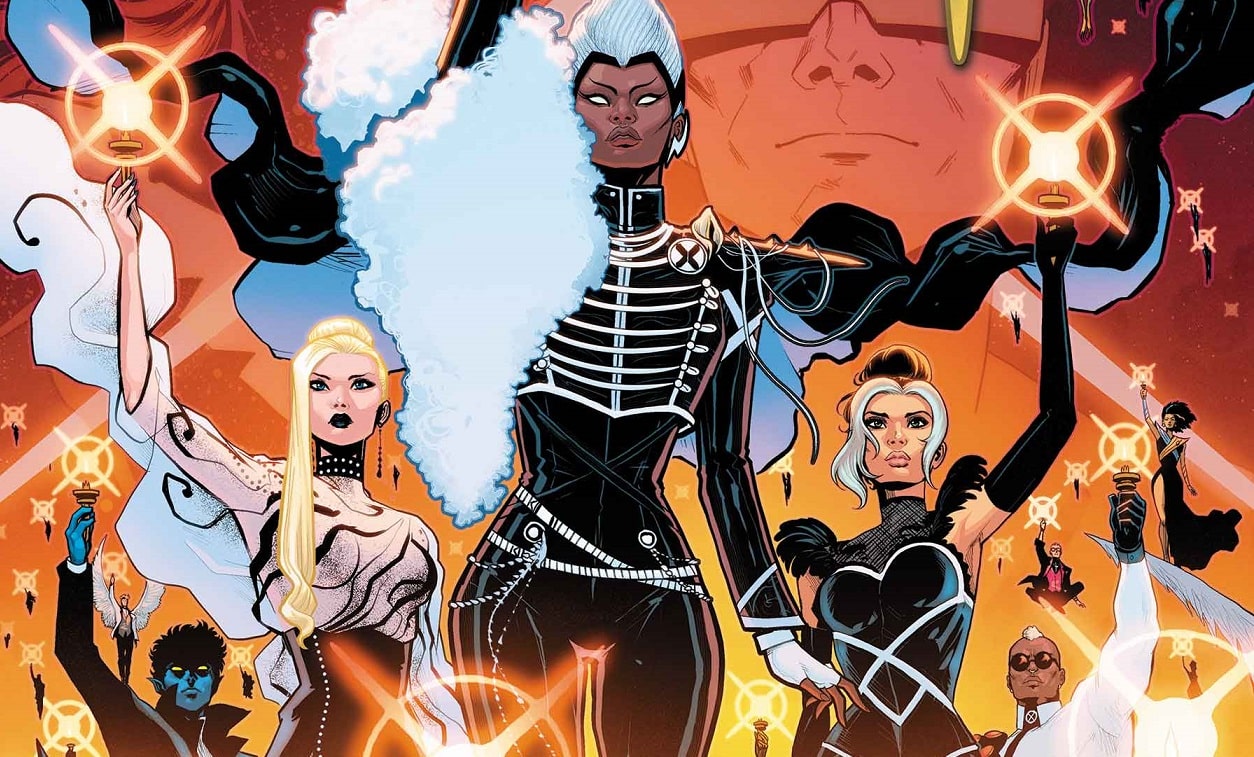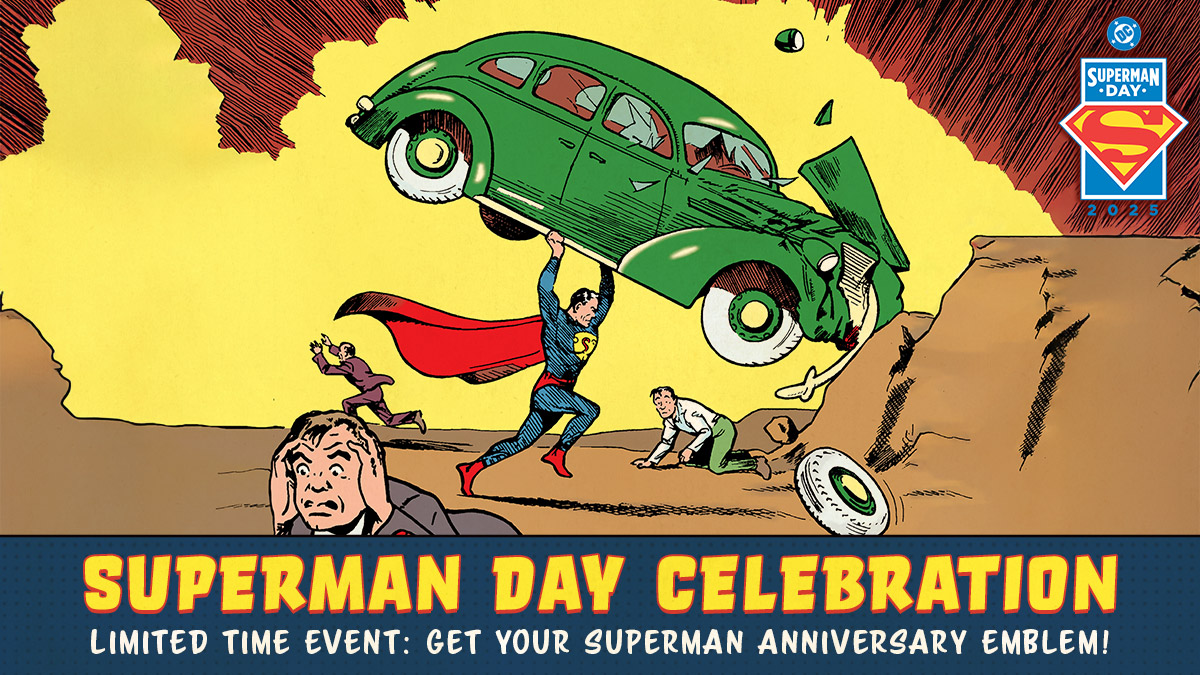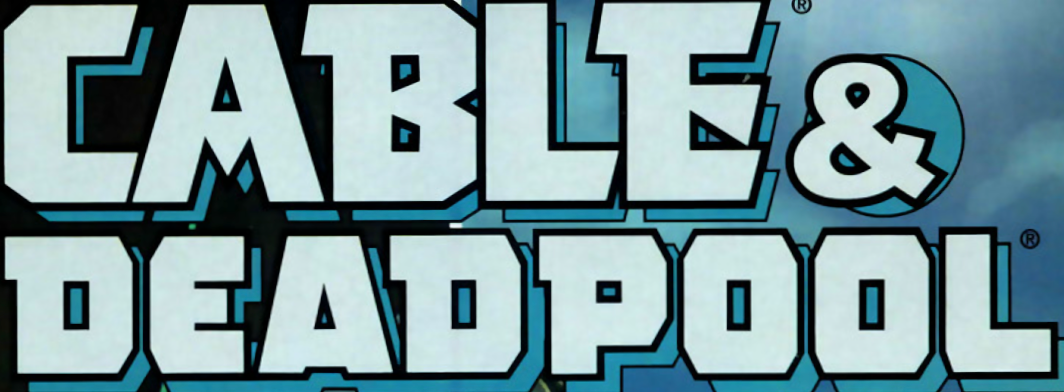Tegan O'Neil | April 15, 2025
Zatanna Zatara! What a concept!
Why, I just so happen to have read Hawkman #4 (1964) quite recently. Nothing better for a mental reset than Silver Age DC, as my grandmother used to say. Remarkable how fully-formed the character appears out of the gate. Another legacy character, just like Barry Allen and Hal Jordan and Katar Hol, this one anchored a bit more firmly to her predecessor by virtue of being actual family with her predecessor, Zatara. He first appeared in Action Comics #1, by the way, which is certainly more than you or I can say. Unless Superman is reading this. In which case, not you, clearly.
For all that 1960s DC is oft-recalled as a hidebound firm, in point of fact it must be stated they put out some damn fine looking comics during the period. Gardner Fox and Murphy Anderson created Zatanna, although the design is a direct iteration of Fred Guardineer’s Zatara, distaff alterations on a tuxedo appropriate for a stage magician. Murphy Anderson was a talent to be reckoned with, and no less in that early run of Hawkman stories, gracefully and surreal at once.
Zatanna’s story gimmick was pretty novel, for the period: she was on a mission to find her father, the aforementioned Zatara. So that was her first plot, bouncing around a number of books across the DC line over a good couple years. Eventually that plot was resolved and she joined the Justice League, and since then she’s been around in some capacity, more or less. They’ve tried changing the costume, once or twice, but as with Black Canary, the fishnets always bounce back. Let no man sunder what Murphy Anderson hath wrought.

She’s why we’re here together, on this fine and fraught day, to discuss a recent Zatanna series, Bring Down the House. Serialized across the middle of 2024. The reason you may have heard about this series is down to the artist, the remarkable Javier Rodriguez. I doubt — nay, friend, I dearly hope that I am not the first person to drop that name in your ear. He’s been a big dog in the yard for a while now. The most recent major project from him was a pair of Defenders miniseries put out with Al Ewing, for Marvel, from 2021-2023. By all accounts there was supposed to have been a third such series. There was not, and now both Al Ewing and Javier Rodriguez are working for DC. Coincidence? Perhaps. I can say no different.
After early overtures in the market of his native Spain, Rodriguez began his comics career in the states as a colorist, and worked prolifically in that specialty up until he was able to transition to art chores, around 2013. From there it’s near a solid decade at Marvel, right up until the last year or so. Lots of good comics in that time. Rodriguez started strong, on the shoulders of fellow Spanish imports Marcos Martin and Javier Pulido. Consummate formalists with the chops of draftsmen. Perhaps it has something to do with the exchange rate, but Spanish artists have quietly dominated North American comics … for a while now, actually. You could trace the trend all the way back to the likes of Carlos Pacheco and Salvador Larocca in the mid '90s, if you were of a mind. The dominance of Guillem March across the last decade proves axiomatic here.
Anyway. At a certain point Rodriguez stepped on the escalator and just kept going. He’s an artist who seems to go out of his way to impress the reader anew with each turn of the page. Isn’t that what they’re all supposed to be doing, you ask. One would think. Zatanna: Bring Down the House was a big hit, at least to judge by social media. The release of each succeeding issue saw Rodriguez’s work shared widely across multiple platforms. And not without good reason! When Rodriguez pulls out the stops he can halt you in your tracks at fifty paces.
That’s worth commenting on, when you see it. Rodriguez is good enough at what he does that people across the world will gawk at his doings in the midst of their days.

Our subject today was written by Mariko Tamaki. She’s been around for a good while, with plenty of credits across the industry, including Marvel, DC, and even the real world where real books are sold, with her sister Jillian. This One Summer was huge enough to be a cultural flashpoint. She also wrote a little Batman and some She-Hulk. A Starfire graphic novel controversial with many people outside of its target demographic, which point rather gives the game away. She’s worked with Gurihiru a few times on Marvel projects, a series of delightful team-up stories featuring Spider-Man & Venom, Thor and Loki, and the Peter and Miles Spider-Men. They’re aimed at younger readers, as with much of Tamaki’s work. Marvel spent a lot of time — literal decades — ignoring and alienating that audience, so them having the good sense to put Tamaki and Gurihiru together on younger-skewing projects with bookstore appeal is a rare stroke of wisdom for the firm.
So, yes, the match-up makes sense. Tamaki and Rodriguez could do some damage together.
Tamaki understands, to her eternal credit, that the most important task for any writer gifted the ability to serve an artist of this caliber is simply to give them something interesting to draw. The worse sin by far to a bad story would be a boring story, and this is certainly not a boring story. It’s filled with weird and wonderful things to draw, both creators making great use of the open canvas bestowed by the subject matter of magic and magicians. There are spooky old houses and hordes of sinister demons and lots of strange travel through non-Euclidean spaces.
Nor, I hasten to say, is it a bad story, not as such. But I also don’t necessarily think I’m completely the target, either. Because yes, I’m a Zatanna “fan,” I guess you could say, but if you mention her I’m as likely to swoon about Murphy Anderson and Gray Morrow as anything. I’m clearly attached to the old version. This is a new version, not moored to anything Absolute or All-In, but produced for the Black Label. There’s a new origin, one that doesn’t entail her going on a walking tour of half the DC line during the turbulent reign of Lyndon Baines Johnson. The kind of thing we’re used to by now, yes, so not unobjectionable as such. Why, just the other week I was singing rapturous on the subject of a brand-new Wonder Woman, so I’m hardly against such things on principle. Personal preference, trust.
But I still would have bought the book even if I’d known that going in, because ultimately — well, we’re here today because we want to see what Rodriguez can do with Zatanna. The answer? Quite a bit, as it turns out!

Just look at those covers! If there’s an argument to be made for the continuance of the floppy pamphlet as a publishing format in the twenty-first century it must begin with the understanding that the magazine format remains an extraordinarily vast canvas for the conscientious cartoonist. We’re so used to the litany of arguments against Direct Market serialization that it can escape our attention that the people who still work in that format clearly have their own opinions on the matter. While I’m certain that the majority of its audience will encounter the book in collected form, the fact that Bring Down the House was initially shipped in five discrete chunks gives shape and discipline to the finished product.
For an illustration of the principle in action look at Rodriguez’s five covers for the series. I’ve got them all lined up in front of me right now. Gorgeous pieces! Simple designs, mostly built around bold color choices. Flip the issue over and the back cover features a delightful spot illustration using the same color scheme. The first consists of the contrast between a blank crimson background and Zatanna in the foreground colored a dark blue, the only break in that design is the white of the cards in her hand, the logo, and the whites of her eyes. My goodness! Book two is brown and orange, book three a hot pink and lime green, albeit dotted with obnoxious orange carrots. A riot. Setting the plate for the chapter to follow. Rodriguez colors his own work and utilizes color as an aspect of composition better than just about anyone else.
Flip open the fourth issue — it’s got a blue cover with some orange highlights, Zatanna canoodling with John Constantine in the middle-ground. Constantine sits outside Rodriguez’s colors scheme, a slightly rumpled tan smudge in the middle of the best well-laid plans, just as he should be. The second and third pages in this issue seem like a double-page spread, but it’s not, not really. It’s the same composition in a crowded party, utilized twice, so that at a glance it looks like a loop, but it’s not. And indeed, turn the page and the overripe greens and pinks give way to a splash of white light.
 Screenshot
ScreenshotA few pages later, Zatanna peeks out of her window in a Parisian hotel, a riotous wilderness of peach and indigo smeared like mid-century American advertising. It’s bracing for being such a simple piece - Zatanna’s right in the middle of the spread, looking delightful. It arrests the attention like a punch to the gut after page after page of tight and formally disciplined compositions. Different locations and timeframes in the narrative have different palettes. Those palettes mix when the past begins to intrude on the present. Virtuoso stuff, dawg.
It’s a hard world out there, you know? Strife and uncertainty abound. Our precious entertainment dollar is sorely stretched. Is the new Javier Rodriguez book worth checking out, worth exercising your hard-earned quid? Yes, definitely. It’s a gorgeous book and a decent Zatanna story. Hassan Otsmane-Elhaou shows up on letters, a man with excellent taste in projects. You’re going to want to keep it around to pore over a while, soak up all the details.
Now, the last page is groan-inducing — don’t try to say I didn’t warn you about that! It’s a terrible, terrible way to end a story, especially since it’s the only kind of ending anyone is allowed to do anymore. I won’t give it away. But I just want to be able to say “I told you so,” through the medium of time, when you read the book.
Because you should read the book, even with my silly qualifications, even with that very silly last page. Because it is really pretty. Everything Rodriguez draws is worth looking at, I promise you, with this no exception.
DC Comics somehow still remembers how to publish good comic books. DC remembers, I believe, that they are a publisher, first and foremost. Everyone wants to be a licensor, because that’s where the real money is. But the reason DC Comics is still a part of the conversation in 2025, when Marvel really isn’t, has a lot to do with the fact that they still comport themselves like a publisher with something to prove. I credit a great deal of the difference to their Editor-in-Chief of the last half-decade, the great Marie Javins.
Five years is time enough to judge the trajectory of an editorial takeover. One good book is the sign of strong creators, a good bunch of books the fruit of a strong editor, and a strong line the unmistakable product of a confident editor-in-chief. Look at the evidence on display in the microcosm of the Black Label imprint: in 2018 DC’s Black Label was founded as the place to show Batman’s dong. Literally, Batman: Damned, by Azzarello and Bermejo, was their launch book. Seven years ago that seemed perhaps the limit of the company’s imagination. Now Black Label is the place where Javier Rodriguez pops up with Mariko Tamaki to make a statement with a Zatanna book aimed at a general audience. Black Label puts out lots of stuff I don’t care for, but they also put out books like Wonder Woman: Historia and Catwoman: Lonely City at a fresh clip. They’re doing something right, which wasn’t always a given for DC across the first two decades of our new century.
That the strength of the larger line is directly correlated to the health of the prestige division remains one of the oldest truisms in mainstream comics, oft ignored in practice but never more clear than in the breach. Bring Down the House isn’t a home run but it’s a solid double that showcases a publisher in the full blush of health, putting out good comics by strong creators not by force of will but force of habit. They’re filling an ample niche left by Marvel’s near abandonment of the market’s upper tier, and good for them.



















 English (US) ·
English (US) ·